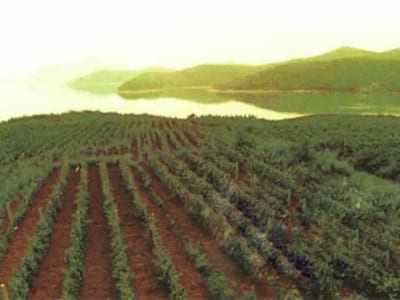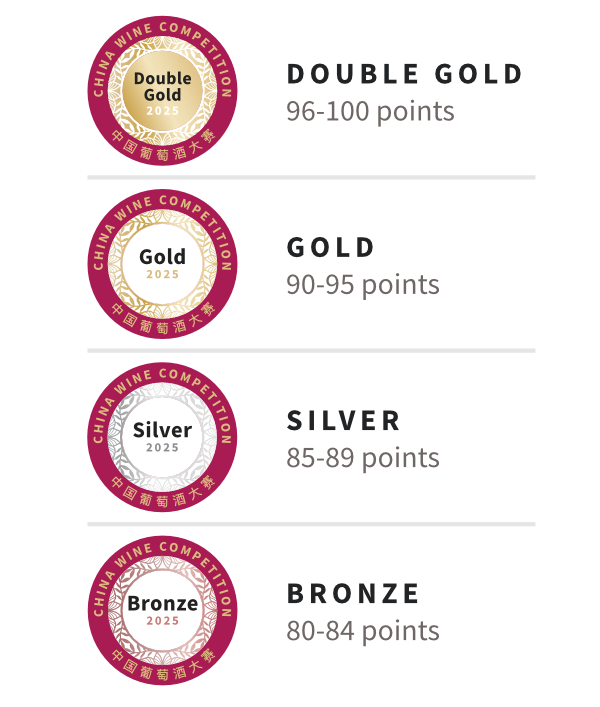November 10 , 2026, Hong Kong

Here is a list of some of the top wine regions in China.
Shandong
The production of wine is the second largest industry in the Shandong Province. Geographically, the southern hills average an elevation of 200 meters whereas the coastal areas remain relatively flat. The soil here is loose, well-ventilated and rich in minerals which help roots to develop at its core.
Currently, there are more than 140 wineries in the region, mainly distributed in the Nanwang Grape Valley and along the Yan-Peng Sightseeing Highway. The most famous region is Yantai in Shandong which produces the maximum wine. Changyu Pioneer wine which is China’s oldest and largest winery is also located in Yantai. Shandong tops the list of Chinese wine regions because of its long history of winemaking along with its sales revenue.
Ningxia
Ningxia is the most famous Chinese wine-producing region because it produces high-quality wine which is similar to Bordeaux blends. It is located in the northwest part of China. Ningxia has a continental climate with average summer temperatures.
Economic development of Ningxia is majorly based on the wine industry here. The government here gives great support to the technical training, seedling introduction and infrastructure construction for wine production. This enhances the importance of the wine industry in Ningxia. This is Ningxia is also the place where Louis Vuitton Moet Hennessey (LVMH) chose to open Chandon China, the nation’s first sparkling wine house. The wines produced here have won many awards in both domestic and international wine competitions, and have attracted many investments.
Yunnan
Yunnan has a generally mild climate with pleasant and fair weather because the province is located on south-facing mountain slopes. It receives the influence of both, Pacific and Indian oceans.
Special flavored wines are produced here made with a local hybrid grape variety that can be used as both a table grape and a wine grape. This wine was a very popular local wine and was considered to be the quality benchmark standard for local consumers for a long period of time.
Because of the pleasant weather and enough sunlight, superior quality grapes are produced. On the other hand, it is very hard to cultivate large tracts of lands in this hilly area. Hence, this also affects the workforce.

Inner Mongolia
Inner Mongolia’s history is deep when it comes to grape cultivation. Inner Mongolia has bitterly cold winters, but during the brief growing season, the weather is conducive to cultivation. Inner Mongolia has a wide variety of regional climates due to its elongated shape. Throughout the region, the climate is based off a four-season, monsoon climate.
Famous here is Vitis Vinifera region which is also referred to as Tuo Xian. It is pinkish in color and takes place in large luscious bunches. The grape used here is sweet white which is combined with flowers from the bushy Osmanthus fragrance to produce a famously fragrant dessert wine.
A wine lover’s trip to Mongolia is incomplete without sampling this local favorite.
Xinjiang Uyghur Autonomous Region
Usually, desert climate prevails in Xinjiang. There are a lot of seasonal differences in the entire region. It was that for a long time, this area sold unblended wines, but of late they have started selling bottled wines which upscaled their impression. Being located in Northwest of China, it is considered to be one of the biggest sources of wine and table grapes, both. However, its modern wine industry started off comparatively slowly because of its remote location which results in high transportation costs.
Hebei
It is a province on the east coast of China and it surrounds the capital city of Beijing. Hebei has a continental monsoon climate with cold and dry winters and hot and humid summers. Cabernet Sauvignon is mainly made from wine industry in Hebei, although there are smaller plantings of Chardonnay, Merlot, and Marselan.
The Hebei wine industry mainly focuses on making Cabernet Sauvignon but there are some smaller plantings of Chardonnay, Merlot, and Marselan. Other wine regions in this province include Shacheng and Changli. Shacheng is famous for its dry white wine and Changli is famous for its dry red wine. They were the first producers of Chinese dry wines.
Shanxi
Shanxi is at the border of East Hebei and is mainly bounded by mountain ranges. Shanxi's climate has four distinct seasons, synchronous rain and heat and sufficient sunshine. Grape plantation here includes Chenin Blanc, Merlot, Cabernet Franc, and Cabernet Sauvignon. Winemaking in Shanxi is relatively less but Grace Vineyard because of its success plays an important role in the Chinese wine industry.
The 2025 China Competitions results are now live. View 2025 winners.
Key Dates
Super Early Bird Deadline: May 20, 2026
Early Bird Deadline: July 31, 2026
Regular Deadline: October 14, 2026
Warehouse Deadline: October 22, 2026
Judging Date: November 10, 2026
Winners Announcement: November 24, 2026



